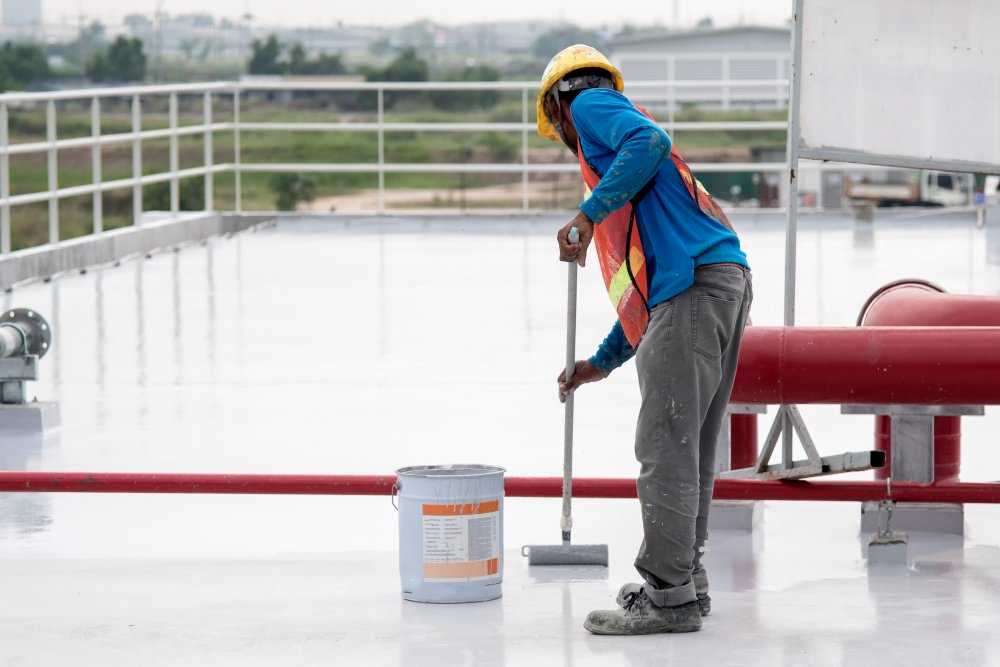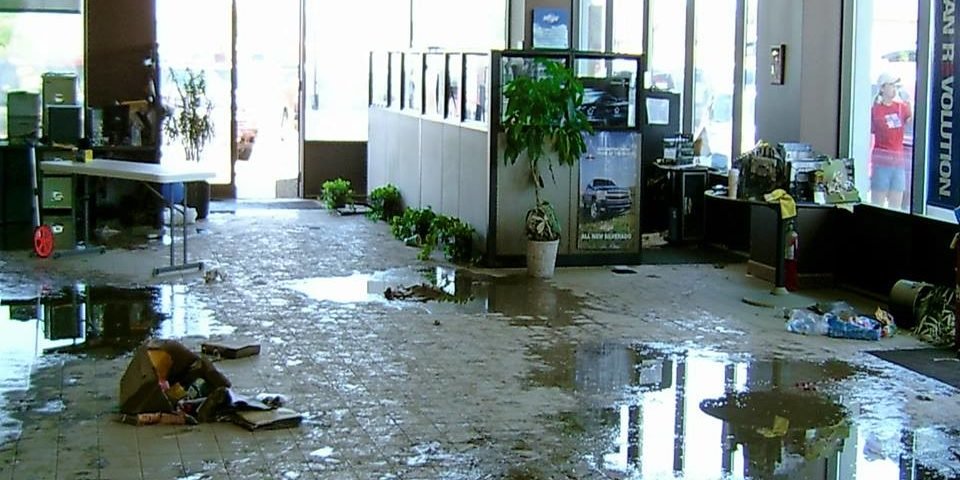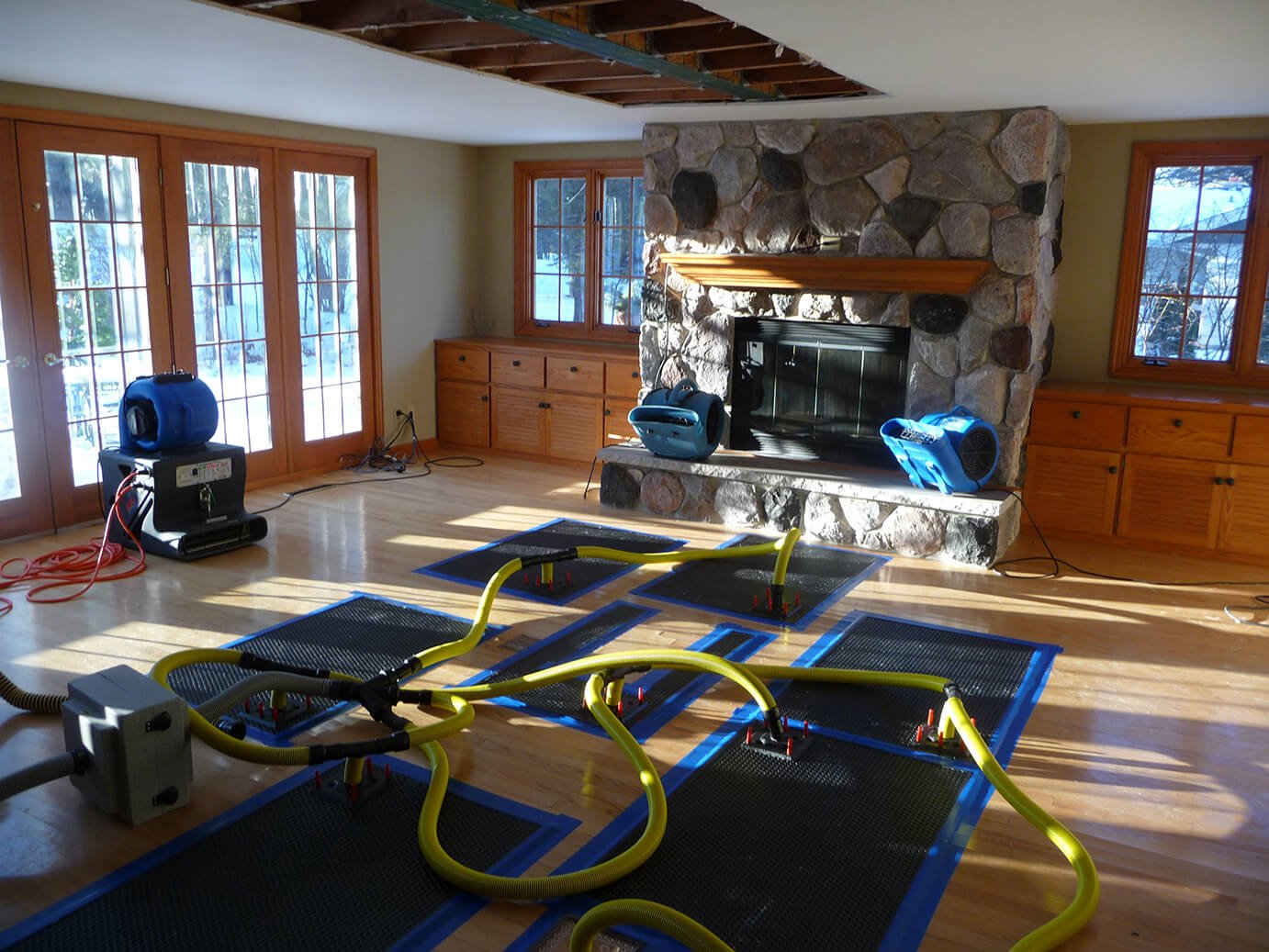Introduction
Your home or business in Warner Robins has recently experienced a flood and gone through restoration. While restoration helps recover your property, preventing future flood damage is crucial.
Prevention is less costly and stressful than dealing with another flood. Implementing protective measures ensures your home or business remains safe for years to come.
For professional flood restoration services, visit Warner Robins Restoration Crew.
Why Post-Restoration Prevention Matters
Don’t Let History Repeat Itself
Properties that have flooded once are more vulnerable to future floods. Low elevation, poor drainage, and weak foundations can lead to repeated water intrusion.
Addressing these issues immediately after restoration reduces the risk of future damage.
Learn more about flood prevention strategies from FEMA.
The True Cost of a Second Flood
Another flood can destroy newly replaced floors, walls, wiring, and furniture. Emotional stress and financial loss are significant.
The impact goes beyond property damage, affecting family safety and peace of mind. Preparing your home reduces these risks.
Start with a Professional Inspection
What Inspectors Look For
Flood specialists inspect foundations, plumbing, roofing, and drainage systems. They identify weak points that may fail during heavy rain or rising water levels. Early detection is key to avoiding future flooding.
Identifying Weak Spots
Weak areas commonly include basements, crawlspaces, window seals, and doors. Early repairs or reinforcements prevent minor issues from turning into major problems. Professional guidance ensures accurate identification.
Upgrade Your Drainage System
French Drains
French drains are simple trenches filled with gravel and pipes that redirect water away from your home. They are effective for low-lying areas prone to water accumulation. Proper installation is essential for maximum efficiency.
Gutters and Downspouts
Regularly clean gutters to prevent blockages. Ensure water flows at least five feet away from your foundation. Properly directed gutters reduce foundation erosion and water seepage.
Additional Drainage Tips
Consider adding trench drains near driveways or patios. These small modifications can prevent water from pooling around structures.
Combining multiple drainage solutions is the best approach for high-risk properties.
For professional drainage system installation, check Angi’s home services.
Elevate Key Areas of Your Property
Appliances and HVAC Systems
Raising washers, dryers, and HVAC systems on concrete blocks prevents water damage during minor floods.
Elevation is a simple, cost-effective method to protect essential equipment.
Electrical Panels and Wiring
Water and electricity are dangerous together. Elevate electrical panels and wiring above the flood level. This protects both property and personal safety.
Additional Elevation Measures
Consider elevating water heaters, furnaces, and other critical systems. Using sturdy platforms ensures stability and long-term protection.
Waterproofing

Basement and Foundation Sealing
Apply waterproof paint or professional sealing to prevent moisture penetration. Sealing cracks and joints enhances the durability of the structure.
Waterproofing forms the first line of defense against floods.
Flood Barriers and Shields
Install removable or permanent barriers at doors, garages, and windows. They prevent water entry during sudden floods. For businesses, barriers protect inventory and electronics.
Interior Waterproofing Tips
Use water-resistant flooring and wall coatings. Consider moisture-absorbing materials in basements and storage areas.
Learn more about home waterproofing methods.
Invest in a Sump Pump
How a Sump Pump Works
A sump pump removes water from basements before it causes damage. It functions as a proactive defense during storms and heavy rain. Proper installation ensures efficiency.
Backup Batteries
Floods often coincide with power outages. A backup battery ensures the sump pump continues operating. This feature is vital for homes and businesses in high-risk zones.
Maintenance Tips
Regularly test the sump pump. Remove debris and check the discharge pipe. Routine maintenance guarantees reliable performance when needed.
Landscaping to Redirect Water Flow
Grading Your Yard
Ensure the land slopes away from your foundation. Proper grading prevents water from pooling and entering your home. Small adjustments in terrain can make a significant difference.
Water-Absorbing Plants
Plant native trees, shrubs, and grasses that absorb excess water. Deep-root plants improve soil drainage and reduce runoff. Consult local experts for suitable options.
Additional Landscaping Measures
Install swales or rain gardens to capture and redirect water. These features add beauty and functionality while protecting your property.
For landscaping guidance, see EPA landscaping tips.
Install a Flood Monitoring System
Smart Water Sensors
These sensors detect moisture and alert you through an app. Early detection helps you respond quickly. Sensors can be placed in basements, crawlspaces, and near appliances.
Early Alerts
Immediate notifications prevent small leaks from becoming major floods. Smart monitoring is cost-effective and efficient. Combining multiple sensors ensures comprehensive coverage.
Integration with Home Systems
Connect sensors to automated pumps or alarms for proactive protection. Integration increases response speed and reduces damage.
Regular Maintenance is Key
Roof and Gutter Checks
Inspect roofs and gutters monthly. Look for loose shingles, cracks, or debris. Preventive maintenance reduces leaks and water entry.
Plumbing and Pipe Inspections
Seasonal inspections help prevent burst pipes. Check for cracks, corrosion, and leaks. Regular maintenance reduces emergency repairs.
Additional Maintenance Tips
Clean drains and remove debris around the property. Ensure downspouts and drains are unobstructed. Routine care prevents water buildup.
Know Your Flood Risk Zone
FEMA Flood Maps
Check FEMA maps to understand your property’s flood risk. Knowing your zone helps plan prevention measures and insurance coverage.
Insurance Implications
High-risk zones may require flood insurance. Rates vary based on location and property features. Proper insurance coverage safeguards your investment.
Updating Risk Knowledge
Flood risks can change over time due to urban development or climate. Stay informed and adjust prevention strategies accordingly.
Visit FEMA Flood Map Service for more details.
Flood-Proofing Tips for Business Owners
Protect Inventory and Equipment
Store inventory on raised platforms. Keep electronics off the ground to avoid water damage. These steps protect business assets.
Continuity Plans
Maintain backup records, data, and operations. A flood recovery plan ensures business continuity. Quick response reduces downtime and losses.
Staff Training
Train employees on emergency protocols. Regular drills ensure preparedness and safety.
The Role of Flood Insurance
Why Standard Homeowners Insurance Isn’t Enough
Most standard policies do not cover floods. Separate insurance from NFIP or private providers is necessary.
Coverage Details
Flood insurance covers structural damage, appliances, and some personal property. Review policies yearly to ensure full coverage. Update coverage after renovations or improvements.
Choosing the Right Policy
Compare options and select policies that meet your property needs. Consult insurance experts for guidance.
Create an Emergency Flood Plan
Family Safety
Prepare go-bags with essentials. Know evacuation routes. Assign roles to family members to ensure smooth response.
Document Storage
Keep important documents in waterproof containers or the cloud. Digital backups provide extra security. Regularly update and verify accessibility.
Communication Plans
Establish contact methods with family and neighbors. Quick communication aids in efficient evacuation.
Work with Trusted Professionals
Local Expertise
Local restoration experts understand weather and water challenges. They provide practical advice and solutions.
Partnering with experienced professionals ensures reliable protection.
Long-Term Prevention Strategies
Professionals offer waterproofing, drainage upgrades, and flood-proofing solutions. Long-term plans reduce future flood risk and costs.
Choosing Professionals
Select licensed and insured companies. Check references and previous work to ensure quality service.
Conclusion

Flood restoration is the first step in recovery. True safety comes from preventive measures. Installing sump pumps, elevating equipment, improving drainage, sealing foundations, and monitoring water levels ensure your property remains protected. Investing in prevention saves money, stress, and damage in the long term.
For expert services in flood restoration and prevention, visit Warner Robins Restoration Crew.
Frequently Asked Questions
How often should I inspect my home after a flood restoration?
Inspect at least every season. Look for moisture, leaks, or foundation cracks.
Do I need flood insurance if I’ve already restored my home?
Yes. Restoration does not prevent future floods. Insurance protects your investment.
What is the best flood barrier for a front door?
Quick-dam barriers or custom-fit door shields work well.
Are smart flood sensors expensive?
Many sensors cost between $30–$100 and provide early alerts.
Can landscaping prevent flood damage?
Yes. Proper grading and water-absorbing plants help divert water away from your property.

